KNOWLEDGE
Your Guide to Cap Liners and Seals
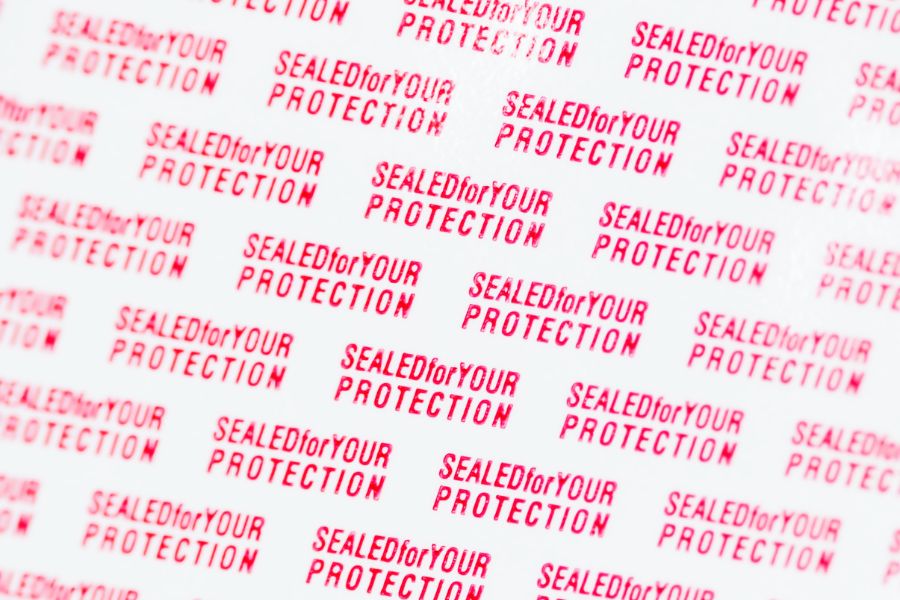
Cap liners and seals are both used to protect products and improve their shelf life. While the terms ‘cap liner’ and ‘seal’ are often used interchangeably, it is important to remember that a seal can be defined in multiple ways. For example, in addition to the protective seal on a bottle, a seal can also be defined as the plastic tamper-evident wrap on the outside of a bottle, or the tape that seals a box or other container shut. In this article, we will use the term to refer to the protective film that protects the content inside of a container from leakage and contaminants, either by sealing directly to the opening of the container or by creating a barrier from inside of the closure.
A cap liner may not be the first component you consider when designing a new package, but this often-overlooked item provides a big solution to protecting your product. In this article, we’ll discuss the differences between cap liners and seals in more detail. We’ll also provide some tips on how to choose the right one for your product.
What Are Caps and Closures in Packaging?
Caps and closures are necessary components in packaging that play a crucial role in sealing and securing containers. They are designed to provide a tight and protective seal, preventing the contents from leaking, spilling, or being exposed to air and contaminants. Caps and closures come in a variety of shapes, sizes, and materials, depending on the specific application and the type of container they are intended for. Whether it’s a screw-on cap for a beverage bottle, a flip-top closure for a shampoo bottle, or a child-resistant cap for medication, these components are integral to preserving product freshness, ensuring product safety, and enhancing user convenience. They are a fundamental part of the packaging industry, catering to diverse consumer needs while also serving as a visual and tactile element of a product’s overall presentation.
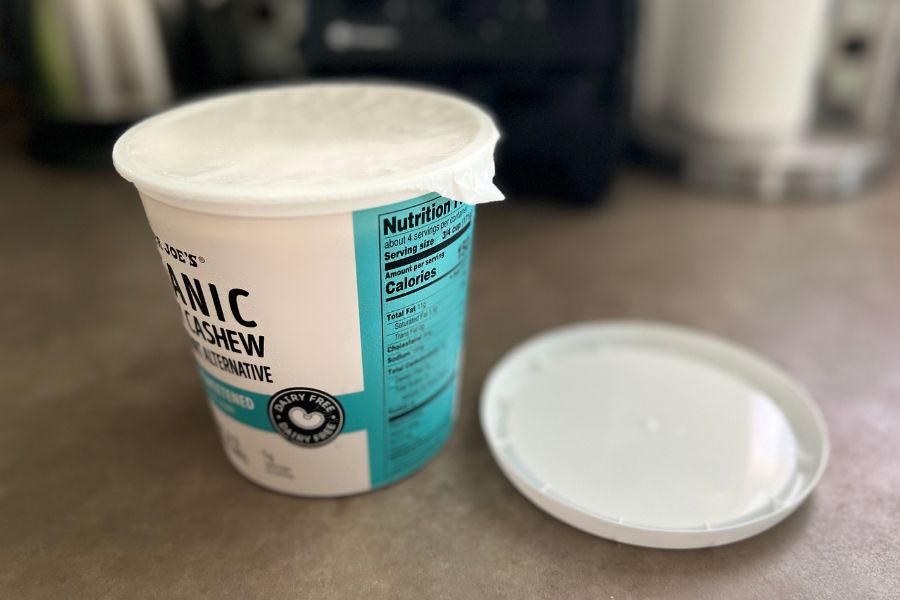
Common Types of Cap Liners and Seals
Cap liners are the thin pieces of material found tucked inside a closure or adhered to the lip of a container. The purpose of the cap liner is to create a secure seal between the closure and the container. The liner protects the product inside while preventing leaks and spills. By having a secure seal, the integrity of the product can be maintained on the shelf and during shipment.
Cap liners go beyond basic seals to provide additional protections and benefits. The type of cap seal and the material used can add capabilities like venting, barrier protection, and creating tamper-evident seals. The added protections and security that cap seals and closures provide make them an important part of your packaging strategy.
The following are some of the most common types of seals and cap liners that you can choose from for your packaging solutions.
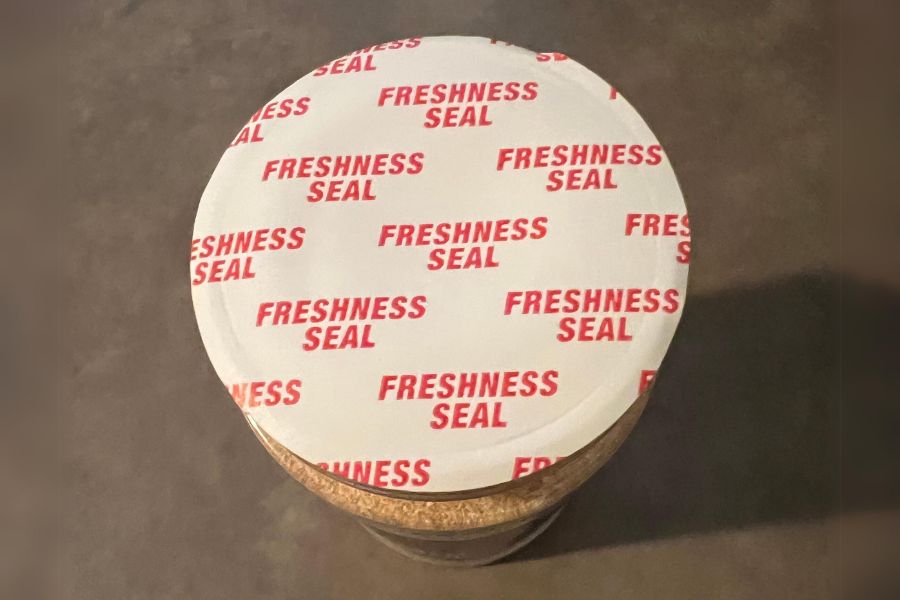
Basic Liners
Basic liners are made out of materials like foam, pulp (pressed board), or other barrier materials like foil or PET. They usually consist of a single layer that is placed over the closure to create an initial seal and reseal the container. These liners typically consist of a single layer that is inserted into a closure to create an initial seal and to help reseal the container.
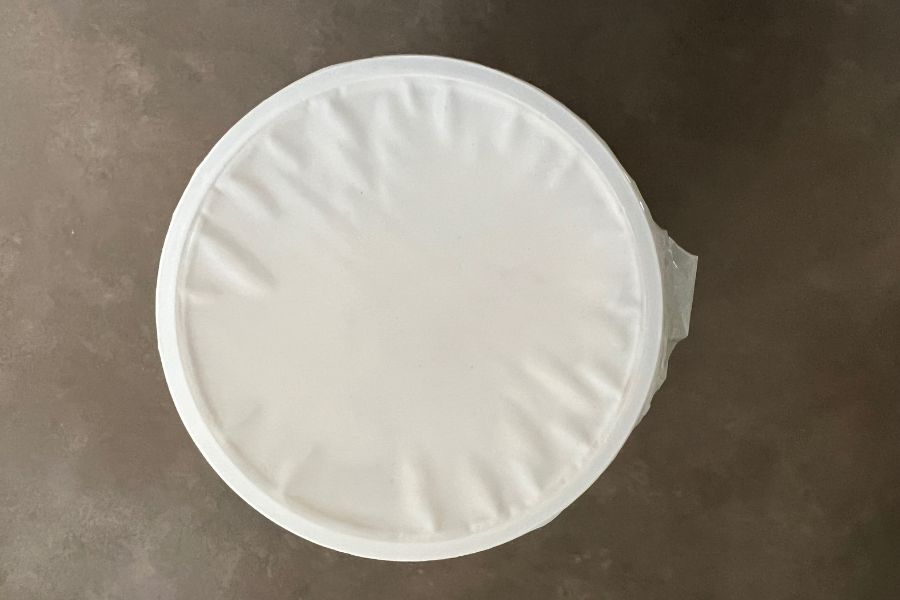
Pressure-Sensitive Liners
Pressure-sensitive liners use adhesive to adhere to the rim of a container when pressure is exerted onto the cap upon the initial seal. This press-and-seal type of cap liner is designed to remain sealed onto the lip of the container (after its initial application) even when the cap is removed.
Pressure-sensitive liners are only good for a one-time seal and once the seal is broken it cannot be resealed onto the container. Although this one-time seal creates a level of tamper evidence, Pressure-sensitive liners do not comply with FDA tamper evident requirements. These liners are a cost-effective option due to not needing additional sealing equipment to be applied. However, with pressure sensitive liners, the seal can fail and not stick properly based on the following parameters:
- The liner must be applied at room temperature (between 60F and 80F)
- The lip of the container must be wiped clean or else the liner may not properly adhere to the container
- The closure must be screwed all the way down onto the container.
- After initial application, the cap must not be removed for at least 24 hours to allow the adhesive to fully adhere to the container
- Using the liner with liquids, especially oil-based products can cause it to not adhere properly
The most common pressure-sensitive liner is a PS-22. This liner is available for both plastic and glass containers. PS-22 liners work well with dry or viscous products and are used in a variety of industries. In addition to not being able to seal liquids, another disadvantage is the recommended 6-month shelf-life for pressure-sensitive liners. Over time the adhesive will lose its effectiveness and other elements such as heat and sunlight can accelerate the adhesive’s deterioration.
Induction Liners
Heat Induction Liners (HIS) or Heat Induction Seals provide tamper-evident security and are available in sizes ranging from 15mm to 120mm. These Induction liners utilize heat to create an effective seal on the containers. Like pressure-sensitive liners, Induction liners will adhere to the lip of the container to seal the product inside. The difference between pressure-sensitive liners and induction liners is that in order to achieve a proper seal, heat induction liners must be applied utilizing a heat induction machine. The exact amount of pressure, heat, and time that only a machine can provide is necessary to ensure a viable seal. With precise parameters for the application, induction liners are the most secure option for liquid products, achieving an airtight seal, and meeting FDA-approved tamper-evident requirements.
You can select from a variety of induction seal liners that are compatible with polyethylene (PE), low-density polyethylene (LDPE), high-density polyethylene (HDPE), polyethylene terephthalate (PET), or polyvinyl chloride (PVC) containers.
Induction liners mainly consist of three layers: a heat seal, a foil middle, and a backing piece. The heat seal adheres to the lip of the container, the foil helps heat the seal, and the backing provides even pressure as well as heat insulation during the induction process. However, additional layers can be added to accommodate different types of products. For example, a different induction liner will be needed for oil-based products than for dry products. With the ability to work with a spectrum of product types, induction liners can be further categorized into the following types:
-
One-Piece Induction: At the core, induction liners consist of a backing layer, foil layer, and heat seal. A one-piece induction liner combines all three layers into one liner which performs as a complete seal that adheres to the lip of the container when applied with an induction machine. This one-piece liner starts as an insert inside the closure but will adhere to the container upon initial application. One-piece induction liners are used for products in almost every industry. This type of liner is commonly used with dispensing closures due to the closure’s orifice needing to be clear for product dispensing once the seal is broken. Products using one-piece induction liners include condiments, sauces, shampoo, lotions, supplements, and a variety of other consumer products.
-
Two-Piece Induction: Two-piece induction liners are made with a backing, wax layer, foil, and heat seal. During the induction process, the wax layer melts and releases the backing layer from the foil and heat seal layers. Since the backing layer is released from the liner, it will remain in the cap while the foil piece adheres to the lip of the container. Essentially, the liner splits into two pieces. Two-piece induction liners are used in a variety of industries, including nutraceuticals, pharmaceuticals, and chemicals. Product examples using two-piece induction liners include supplements, automotive products, and more.
-
Vented Liners: The unique feature of vented liners is a breathing system in the liner to provide venting for the packaging. In addition to the liner, a backing and membrane helps make the venting system possible. As the product is transported through a variety of environments, different pressures can cause the container to panel or bloat, damaging the packaging’s aesthetics or even the structural integrity. Some vented liners use a paper layer to help the container breathe while others have a valve designed into the liner. Product examples that benefit from a vented liner include cleaning chemicals, disinfectant formulations, pharmaceuticals, agricultural chemicals, and more.
-
Lift ‘n’ Peel™ Foil Heat Induction Liners: Lift ‘n’ Peel™ liners are a common choice for sealing various types of liquid bottles to prevent leaks. These liners feature a foam liner with a foil inner seal and come with an easily accessible polyester tab for convenient opening. The Heat Induction Seal of the Lift ‘n’ Peel™ liner ensures tamper-evident sealing.
With so many different induction liners to choose from, it’s important to consider a few key factors when selecting the best one for your product. These factors include the type of product, filling method, removal features, and resealing capabilities. Once the best induction liner option has been selected, it’s crucial to identify the correct specification for applying the liner. Pressure, heat, and time are the key factors in making sure the liner will securely seal onto the bottle. As long as you ensure all the correct parameters are in place, the induction liner will protect the product and packaging.
Cap with Cone Liner
Cone liners are built into the cap of the packaging container. The cone within the cap is made of low-density polyethylene (LDPE) to create a closer seal for products that are susceptible to leaking or evaporation. Caps with cone liners are often used with glass bottles, particularly for essential oil products. These caps are commonly found in black with a natural color cone underneath the closure.

Plastisol Liner
Like the cone liner, the plastisol liner is designed into the cap. Plastisol is a gasket that lines the inside of a metal cap. The gasket creates an airtight seal and works especially well for food products such as jams, jellies, salsas, and other preserved products. Plastisol liners are designed to work with glass containers since these types of products are often hot-filled. This type of liner can withstand high temperatures and is typically acid-resistant.
Pulp and Poly Liners
Pulp and poly liners are another type of basic liner. This is a two-layered liner that uses pulp, a type of paperboard material on the side facing the interior of the cap or closure. The product-facing side of the liner has a polyvinyl chloride (PVC) layer. Pulp and poly liners have a shiny white appearance and can work with both liquid and solid products. This type of liner is mainly used with metal continuous thread closures.
Pulp and Foil Liners
Similar to pulp and poly liners, pulp and foil liners are made out of pressed paperboard on one side and aluminum foil on the other. Pulp and foil liners have a metallic silver appearance but are made with a thicker material than pure foil liners. This two-layered liner uses the pulp layer on the interior of the cap or closure and the foil layer faces the product. These liners are highly resistant to hydrocarbon products, making them ideal for applications involving alcohols, ketones, oils, and especially food products. However, they are not compatible with acids or alkalis. Pulp and foil liners are a preferred choice for food-related applications that require odor and taste resistance. This type of liner is commonly used with metal continuous thread closures.
Foam Liners
A foam liner is a general type of leak protection liner for general-purpose containers. It can be used more than once and provides protection for liquids that have minimal leaking or evaporating potential. They also help protect against outside exposure and can resist acids, alkalis, solvents, alcohols, and oils.
The most common base liner is the F217 Foam Liner. This liner is found mainly in plastic continuous thread lids and consists of a low-density foam core with two pieces of PE film. Although F217 is trademarked, its popularity has allowed the name to be interchangeably used with the term ‘foam liner’. The F217 provides chemical resistance to acid, alkalis, solvents, alcohols, and water-based products. It is also odor-resistant, pulp dust-free, and has a low moisture transmission rate. As a general-use liner, the F217 is used in a variety of industries including household chemicals, personal care, beverage, and food products. One disadvantage of the F217 is that it is unable to create an air-tight seal.
Unlined Cap
An unlined cap is a cap closure that does not have a liner at all. It is used for products that are not liquids and are not at risk of leaking or evaporating. It is also suitable for products that do not require a high level of security or protection, as they have minimal barrier requirements.
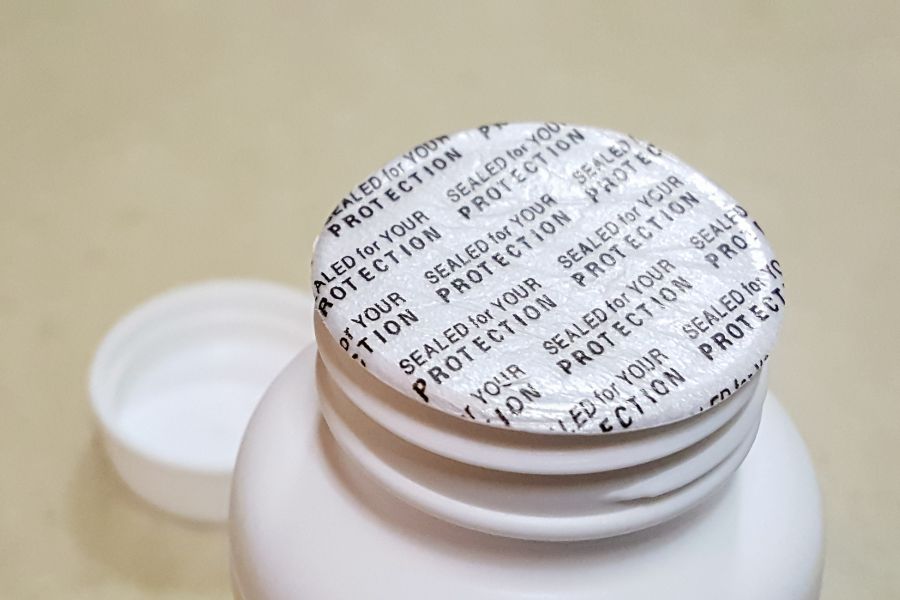
Factors to Consider When Choosing Cap Liners and Seals
When selecting a cap liner, two critical factors to consider are the type of product and the container it will be used in. The product’s composition and application may necessitate the use of a specialized liner. Although recommendations can be provided, it is ultimately the customer’s responsibility to test the compatibility of the liner with their product and packaging.
Here are some additional details to consider when selecting a cap liner:
Product Compatibility
The type of liner or seal you need will depend on the product you’re using it for. It’s important to note that not all seals are compatible with all products. Here are a few types of products to keep in mind:
-
Oil-based products: Certain caps are designed specifically for oil-based products. These caps are made of materials that can resist leakage and maintain product integrity.
-
Acidic substances: Acidic products require specific caps that can withstand their corrosive nature. Choosing the right cap is essential to prevent chemical reactions and maintain a secure seal.
-
Food-grade applications: For food-grade applications, it’s crucial to select caps that meet food-grade standards. These caps are designed to ensure the safety and quality of consumables.
-
Alcohols: Alcoholic beverages and solutions require specialized caps to maintain their integrity. These caps are tailored to prevent evaporation and leakage, especially for alcoholic products.
If you’re not sure which type of seal you need, please consult with a product specialist. They can help you choose the right seal for your specific application.
Sealing Performance
The performance of seals and liners can vary widely, and some can be used multiple times, while others are intended for single use only. It’s important to consider your sealing performance needs before making a decision. Here’s a closer look:
-
Reusability: Some cap seals are designed to be used multiple times, allowing you to open and reseal containers without compromising the seal’s effectiveness. This is beneficial for products that require frequent access or have a long shelf life.
-
Single-use seals: There are other cap seals that are designed for one-time use. These seals provide a tamper-evident solution and are ideal for products that need to remain sealed until opened by the end user. Single-use caps can help ensure product safety and integrity.
Choosing the right cap seal or liner for your specific product is crucial, as it directly impacts the integrity of your goods and the user experience. Additionally, considering the sealing performance, whether you need reusability or a one-time seal, is essential in meeting your product’s requirements and consumer expectations.
Temperature and Environment
Certain cap liners are made for heat-sealed products and more aggressive environments. If you are packaging a product that will be exposed to high temperatures or harsh chemicals, you will need a cap liner that is made from a material that can withstand those conditions.
Chemical Resistance
Chemicals with high basic or acidic levels will need more protective cap seals than the more basic materials. If you are packaging a product that contains chemicals that could damage the cap seal, you will need to choose a material that is resistant to those chemicals.
Closure Type
The type of closure on the packaging will also affect the style of cap liner that will be most useful for product protection. For example, if you are using a screw-top closure, you will need a cap liner that is designed for screw-top closures.
Permeability
Keeping liquids intact and preventing leaks and evaporation requires different cap types depending on the permeability of the product. If you are packaging a product that is sensitive to moisture, you will need a cap liner that is made from a material that is not porous.
What are the Advantages of Using Liners and Seals?
Cap liners and seals are essential for keeping products secure and preventing damage. They stop leaks, evaporation, and spills, which can all lead to product degradation. Additionally, they protect other products around the package from damage.
Here are some additional benefits of using cap liners and seals:
- They can extend the shelf life of products.
- They can help to reduce product waste.
- They can improve the appearance of products.
- They can make products easier to open and close.
- They can help to prevent product tampering.
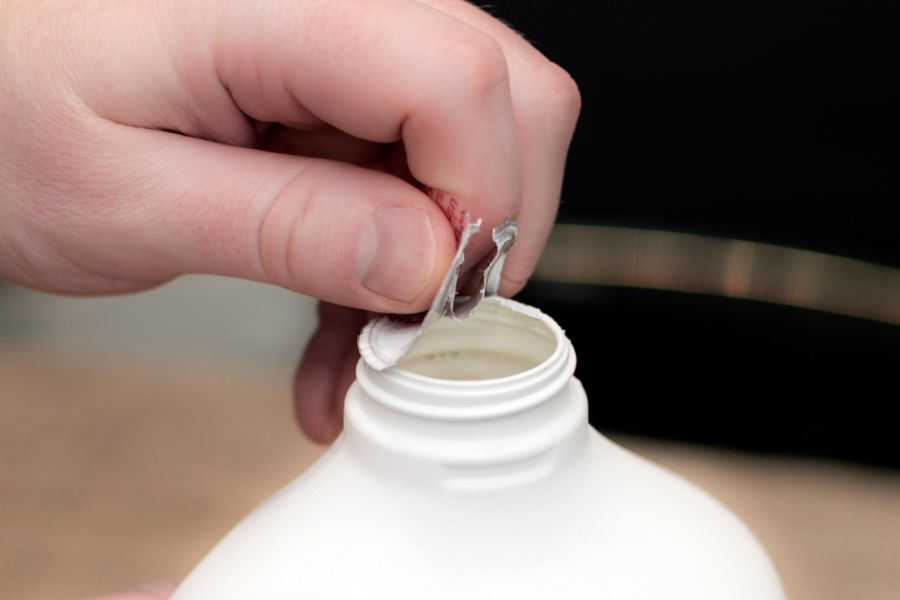
What Industries Rely on Cap Liners and Seals?
Cap liners and seals are a great way to add security to your products. They can be used in virtually every industry, but they are especially beneficial for food and beverage, chemicals, pharmaceuticals/nutraceuticals, personal care, and automotive industries. These industries often have liquid products that need additional security and cap liners and seals can help to prevent tampering and ensure that products are safe for consumers.

How to Choose the Right Fit for Your Product
Selecting the right cap seal or liner for your product can be a daunting task, but it doesn’t have to be. Here are a few things to keep in mind to help you choose the perfect seal for your needs:
Understand Your Product
To begin, you should have a comprehensive understanding of your product. What is it made of? Is it a liquid, solid, or powder? This information will help you determine the type of seal that is best suited for your product.
Identify Environmental Factors
Consider the environment in which your product will be stored or used. Factors like temperature, humidity, and exposure to light can influence the choice of cap seal. For instance, products stored in hot and humid conditions may require seals with enhanced moisture resistance.
Review Industry Regulations
Familiarize yourself with any industry-specific regulations controlling your product. Compliance with regulations ensures both the safety of your product and its marketability. There may be specific requirements for certain types of products that influence your choice of cap seal or liner.
Select the Right Material
Choosing the appropriate material for your cap seal is paramount. Factors such as the compatibility of the material with your product, its barrier properties, and its appearance all play an important role. You want your cap seal or liner to not only safeguard your product but also be presented in an appealing manner.
Assess Seal Integrity
Seal integrity is of the utmost importance. Determine the level of security and protection your product demands. For some applications, tamper-evident features might be vital, while others may require airtight seals to prevent spoilage or contamination.
Consider the Liner Thickness
The thickness of the liner beneath the cap can influence the seal’s performance. Thicker liners provide enhanced protection, while thinner ones can be suitable for lightweight products. Evaluating your product’s specific needs will help you decide on the liner thickness.
Think About Application Method
Consider how the cap seal will be applied to your product. Is it a manual or automated process? Different application methods may require specific cap designs or liner materials to ensure a smooth and efficient sealing process.
With these considerations in mind, you’ll be well-prepared to navigate the cap seal selection process with confidence. Tailoring your choice to your product’s intended use, the surrounding environment, and industry standards will help you find the right cap seal to safeguard your product and meet your customers’ expectations.
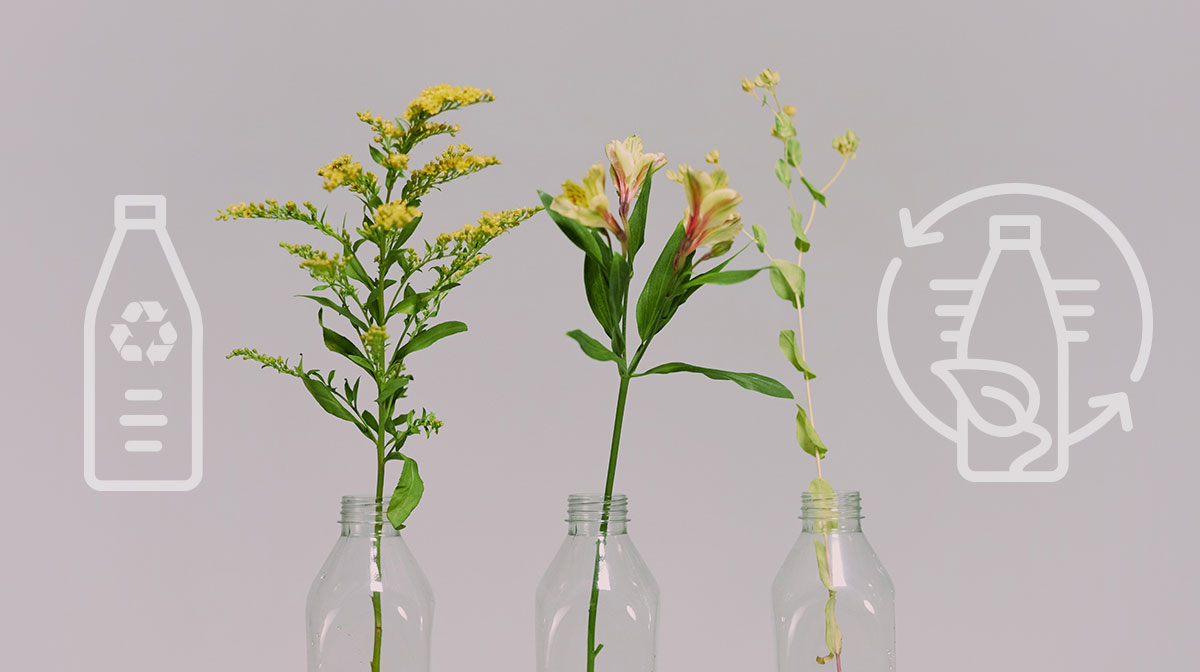
Make Sure to Align with Your Sustainability Goals
A final consideration to keep in mind is your sustainability goals as a business. Cap liners and seals come in a wide variety of materials, and some are more sustainable than others. Think about what materials will fit best with your green initiatives and explore different options that help reduce your carbon footprint.
Start Improving Your Customer’s Experience Today!
Cap liners and seals play an integral role in your packaging solutions. Our liner review is meant to serve as a concise overview of the common cap liners and seals available in the packaging industry. It can be overwhelming to narrow down the best cap liner for your product requirements when there are so many options and factors to consider. However, at Paramount Global, we’re here to make this process easier for you. If you are unsure about which cap liner or seal to choose, our packaging experts are just a phone call away. Our team of packaging experts are ready to assist you in finding everything from the ideal liners to a complete packaging solution. Don’t hesitate to contact us today to discover how we can be a partner and optimize your packaging operations.
Hayley is a marketing professional and copywriter with a background in crafting content for a diverse range of industries. She has been writing about packaging and supply chain logistics for Paramount Global since 2022. She specializes in explaining complex topics in a clear and engaging way and is an advocate for sustainability in packaging and supply chain management.
Read More
For over forty years, Paramount has been delivering perfectly integrated packaging and supply chain solutions.
